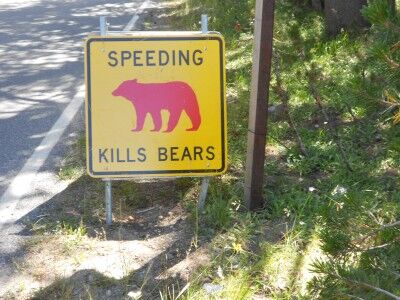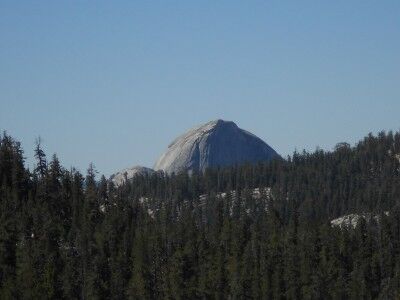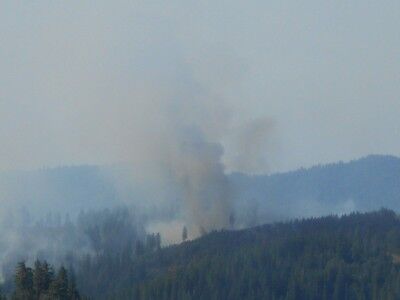I wrote recently about people feeling free to scratch their names into the salt beds at Badwater in Death Valley National Park and whether we should be ambivalent toward this “temporary” graffiti. Even if nature can eventually erase it, doesn’t it just encourage others to mark more areas of our national parks with their names where it’s not nearly as easy for nature to remove the graffiti?
Here is another one of those questions that I recently began to wonder about with a recent trip to Yosemite National Park. Just beyond Mirror Lake to the left is a large area that has been completely taken over by rock stacking. There are literally thousands of rocks which have been stacked and balanced by people completely transforming this are from its natural state:

The first reaction from most of the people who stumbled across it was the thought it might be a cemetery of some type, but it quickly becomes apparent that people simply decided to begin stacking rocks and continue to do so. While many would not consider this being nearly as disruptive as people scratching their name into sandstone or spray painting their name on walls, isn’t rock stacking nothing more than another way of leaving a type of graffiti in our national parks by moving nature into unnatural arrangements? Just because it looks better than a name written on a rock, does that make it OK to do?
What do you think? Is rock stacking fundamentally different from other types of graffiti and therefore OK, or is it something that should be discouraged just as much as what we would consider typical graffiti?
















